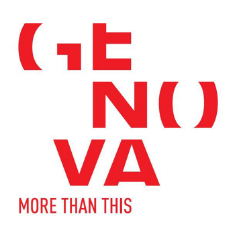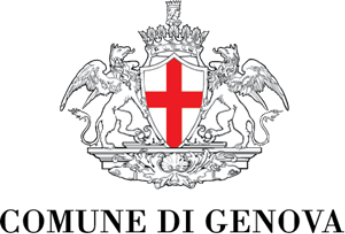Click here to view image
Bather
Giovanna Colombi Galletti 1990
Galletti, Guido
sculpture
1930 - 1930 - XX
855
Unità di misura: cm; Altezza: 140; Larghezza: 66,5; Profondità: 50,2
A well-known Italian sculptor with many appearances at the Venice Biennale (from 1930) and the Quadriennale in Rome (from 1935). The artist was mainly concerned with classical and naturalistic composition, especially in the period between the First and Second World Wars. The sculpture ‘Christ of the Abyss’ of 1954, placed on the seabed in the bay of San Fruttuoso di Camogli, is well known to Ligurians and others. The work (datable to around 1930) in the Villa Croce collections is characterised by the sinuosity of the lines and the delicate finish of the plaster as well as a simplification of the modelling. The artist defines the female body with simplicity and precision and leaves the subject's face and the drape around her shoulders to a more stylised form.



